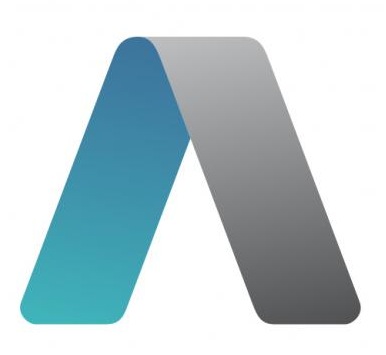American Cable Association backs Aereo
April 4, 2014
By Colin Mann
 The American Cable Association (ACA) has become the the latest trade body to come out in support of Internet TV streaming service Aereo in the forthcoming copyright action to be heard in the US Supreme Court.
The American Cable Association (ACA) has become the the latest trade body to come out in support of Internet TV streaming service Aereo in the forthcoming copyright action to be heard in the US Supreme Court.
The ACA – which represents some 850 smaller and medium-sized, independent cable companies – has filed an amicus (friend of court) brief urging the high court to uphold the legality of Aereo’s technology as safely fitting within the tradition of maintaining the public’s ability to access freely available local broadcast TV signals, and reject their creative use of copyright claims to protect business models and erect pay walls.
“It is this simple: Members of the public are entitled to watch and hear any over-the-air broadcast transmission that they are capable of receiving. The copyright holder’s exclusive right extends only to the right to do or to authorise the public performance. Once exercised, the public performance right in that transmission ends,” ACA President and CEO Matthew M Polka said.
In its brief, ACA asserted that the goal of the lawsuit is to suppress public access to free over-the-air television on the calculation that the copyright owners may extract more profit from broadcasters by relying less on advertising revenue and more on retransmission consent fees. Broadcasters and copyright owners, who until now have no right to prevent anyone from tuning in, want the right to veto any new method of receiving free broadcasts that go beyond an antenna in the home. Emphasising that the copyright owner has no right to control who may join the audience, ACA asked the Court to leave the airwaves as freely accessible to local viewers via over-the-air broadcasts as they have always been.
The outcome of the case is an important business matter for the independent cable community, ACA added, because it could have a substantial impact on the ability of ACA’s members to compete effectively with larger cable providers by partnering with third parties that develop technologies beyond ACA members’ own in-house capabilities. Aereo’s technology is particularly compelling when it enables members of the public to use broadband Internet access to join the lawful audience of free, over-the-air broadcasts using the public’s airwaves.
Fundamentally, ACA stressed that the freedom to receive a performance must not be sacrificed to protect existing market positions. Further, that there is no basis for treating Aereo as a cable service provider. Aereo is not competing as a cable operator, nor will cable subscribers confuse Aereo with a cable operator.
Responding to various legal attacks on Aereo, ACA’s brief noted that Aereo’s antenna-based remote DVR service is legally indistinct from Cablevision’s cable-based remote DVR technology upheld as a non-infringing service by the US Court of Appeals for the 2nd Circuit and the precedent upon which the same court ruled that Aereo’s service did not intrude on the copyright owner’s exclusive right to perform the copyrighted work publicly.
Broadcasters and copyright owners argue that the Cablevision case is distinguishable from Aereo on the basis that Cablevision already had a licence to retransmit broadcast television. ACA countered that in Aereo’s situation, the free over-the-air broadcast is also licensed. Responding to Cablevision’s argument that its own cable-based remote DVR should be allowed, but not Aereo’s antenna-based remote DVR, because only paid cable subscribers used it, ACA pointed out that there is no Copyright Act requirement to pay for receiving a free over-the-air public performance.
“It is hard to envision any scenario in which the copyright interest is hurt by a service such as Aereo. If more people tune in to the broadcast, the higher ratings translate to higher advertising revenues, such that the copyright holder can demand a higher price for the public performance license,” Polka said.
ACA argued that the Aereo opponents’ heavy reliance on the minutiae of one clause in one definition concerning one exclusive right was designed both to suppress a newer business model and to persuade the Court to overlook the fact that their position would intrude into rights retained by the public, upsetting the copyright balance.
ACA said it is undisputed that the copyright owners authorised the television broadcasters to perform their works publicly and that anyone capable of receiving the broadcast signal is free to join the audience, even if copyright owners or broadcasters would rather they tune in via a more profitable method.
Simply put, Polka said, “Copyright holders do not have the right to force audiences to choose the theatre seats that yield the highest margins.”
ACA said that as a matter of law and public policy, when a new technology comes along, the right of the audience to use it to tune in to a broadcast and maximise the free flow of information should not be given any less importance than preventing infringing use, adding that the Court has rejected a one-sided view of the Copyright Act that coddles copyright owners at the expense of the public interest.
ACA urged the Court to reaffirm the basic holding that if a consumer may lawfully time-shift a broadcast programme using a DVR at home, that same consumer may lawfully use a remote DVR owned by a third party to accomplish the same thing. Likewise, if a consumer may lawfully operate a television antenna on the rooftop connected to a television receiver in the living room, that same consumer should be permitted to operate a third- party’s antenna and receiver in a better (but more remote) location to send the image to the same television.
